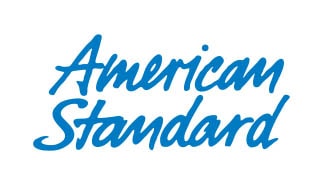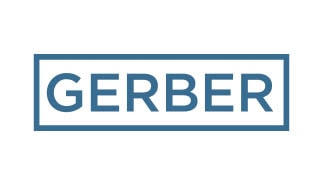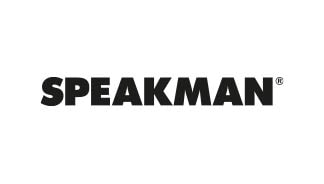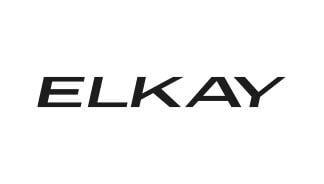Published on
April 13th, 2023Plumbing Quiz Questions: How Well Do You and Your Staff Understand Basic Plumbing Terminology and Concepts?
Property managers and maintenance staff need a general understanding of building plumbing. Knowledge of fundamental concepts and equipment helps when communicating system problems with professionals. Plumbing quiz questions are not a substitute for the help of licensed plumbers. They are only a tool to assess the knowledge of staff.
12 Basic Plumbing Quiz Questions
1. Where Does Your Building’s Water Supply Come From?
When discussing plumbing, freshwater can come from a well-based or municipal system. New York City uses a municipal watershed spanning about 2,000 square miles. Located in Upstate New York, the watershed comprises three controlled lakes and 19 reservoirs. The exact location of the water supply is 125 miles north of the city.
2. What Do You Need To Know About Water Pressure?
The standard measurement for water pressure is pounds per square inch or psi. Water pressure is a measurement of the force at which water enters a building. Residential systems have a psi between 30 and 80. Anything above 80 violates plumbing codes and puts unnecessary strain on the building’s plumbing.
3. Can Small Leaks Wait for Repair?
Never leave a leak to worsen. Small leaks may seem insignificant, but they can evolve into more significant problems. Also, a leak is costing you money. It might not seem like a tiny drip, drip, drip is much to worry about, but without intervention, the water loss can cost upwards of $150 to $600 per month.
4. What Is a Drain Auger?
One of the more obvious plumbing quiz questions, a drain auger or snake is a tool for clearing minor clogs. Small residential models can have up to a 25-foot-long metal cable coiled inside a plastic drum or housing. The cable end has a corkscrew-style head to drill into and break up a blockage.
5. How Hot Should Your Hot Water Be?
Hot water safety is essential to limiting liability claims from tenants and employees. Hot water tanks should remain at 120°F to prevent scalding, but many tanks are set to 140°F as a default. Property owners can install anti-scald devices for extra precautions to ensure tenants remain safe and limit liability.
6. Is “Water Hammer” a Tool or Plumbing Condition?
While it sounds like something from a plumber’s tool bag, water hammer is a plumbing problem. The issue occurs when pressurized water suddenly reverses course and pushes against a pipe, resulting in a loud bang. You may hear it when opening or closing a faucet valve or when a toilet fill valve switches from open to closed. Contact a plumber to resolve the excess pressure in the line.
7. What Does It Mean To Sweat a Pipe?
To sweat a pipe or create a sweat connection is among the most straightforward plumbing quiz questions, and it means to join two copper pipes with fittings. A plumber uses a torch, solder, and flux. Solder is a metal alloy, and flux is a soapy substance for cleaning oxidation and improving adhesion. When using the torch, the flux bubbles and moisture around the metal beads up, which is likely the reason behind the name.
8. What Is the Purpose of a Plumbing Trap?
As a property manager or maintenance professional, you likely noticed the curved piping called under sink traps. As the name suggests, the pipes trap a small portion of water between the drain and drainage system. The trapped water seals the drain and prevents sewer gases from entering the property.
9. What Is a Vent Stack?
A vent stack is a vertical pipe or drain line that extends through a property’s roof to the outside. The stack is not for water; it maintains adequate pressure within the plumbing system and allows gasses to vent from the property. Other names for the pipe include vent pipe and plumbing air vent.
10. What Is a T&P Valve?
A T&P valve, also known as a temperature and pressure relief valve, is part of a water heater. The item is an essential safety feature that allows personnel to relieve pressure from excess heat. The valve helps to avert catastrophic explosions.
11. What Does It Mean To Bleed a System?
When a plumber bleeds a drain line, it refers to the opening of valves to relieve pressure throughout the system. Bleeding the lines can occur at various areas throughout the property and not always with drain lines. For example, a plumber may need to bleed the radiators to eliminate air in the system.
12. Why Is Plumbing Maintenance Essential?
Plumbing and drain maintenance is essential to the health of the system. Routine inspections are not only good for your building, but also NYC requires inspections for specific systems. For example, Local Law 152 requires periodic gas piping inspections every four years.
Correct Answers to Plumbing Quiz Questions Don’t Equate to Skill
Sanitary Plumbing Works With Licensed Plumbers
Answering plumbing quiz questions does not mean you or your team have the necessary skills to make repairs or diagnoses of your system. Call Sanitary Plumbing at 212-734-5000 to schedule an inspection or ask about specific problems.








